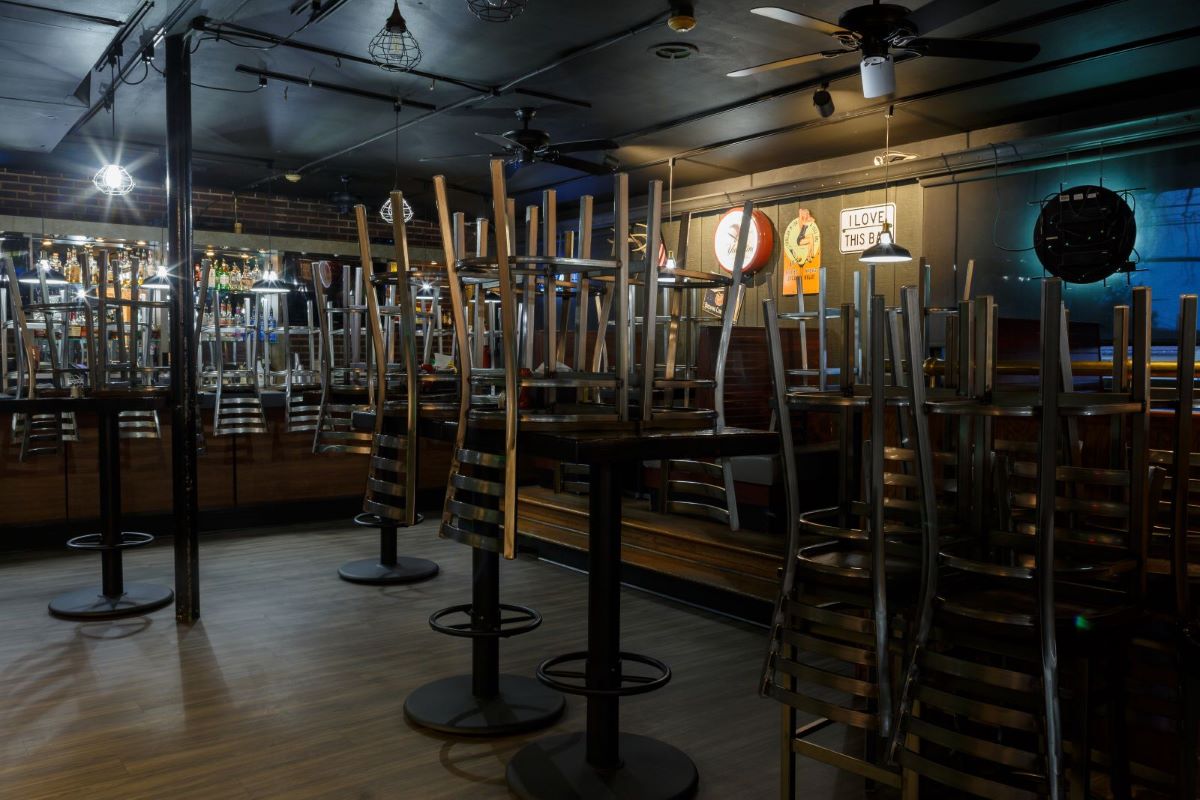The landscape of British industry is fading fast, leaving behind empty factories, abandoned high streets, and a sense of lost heritage as the nation grapples with profound economic shifts.
1. High Streets: The Deserted Core of Communities
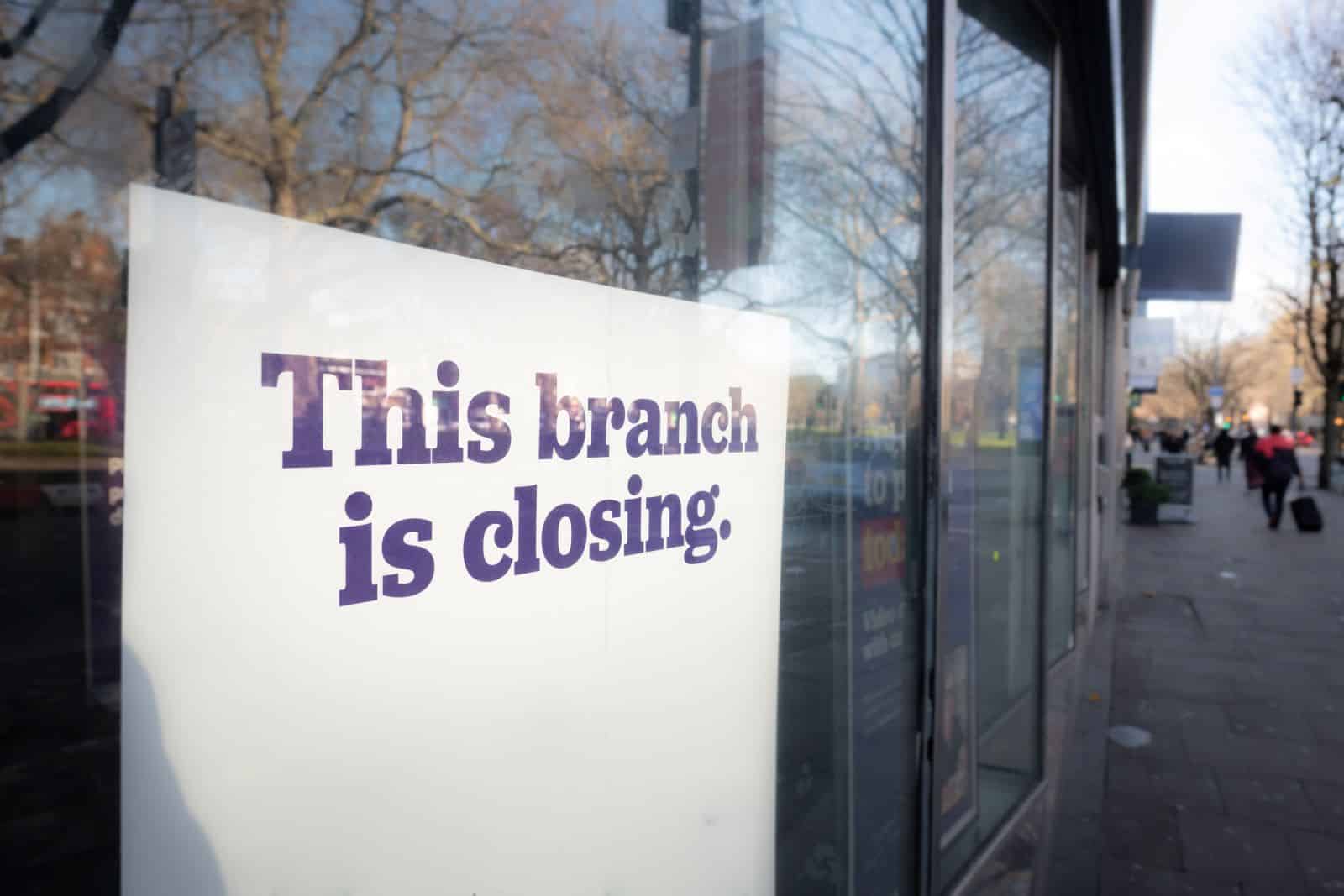
Once bustling high streets are now littered with shuttered shops. In 2023, nearly 47 stores closed every day, with iconic retailers like Wilko and Paperchase gone. The British Retail Consortium reported a devastating 150,000 retail jobs lost from 2020 to 2023, as online shopping continues to devastate brick-and-mortar businesses.
2. Coal’s Extinction
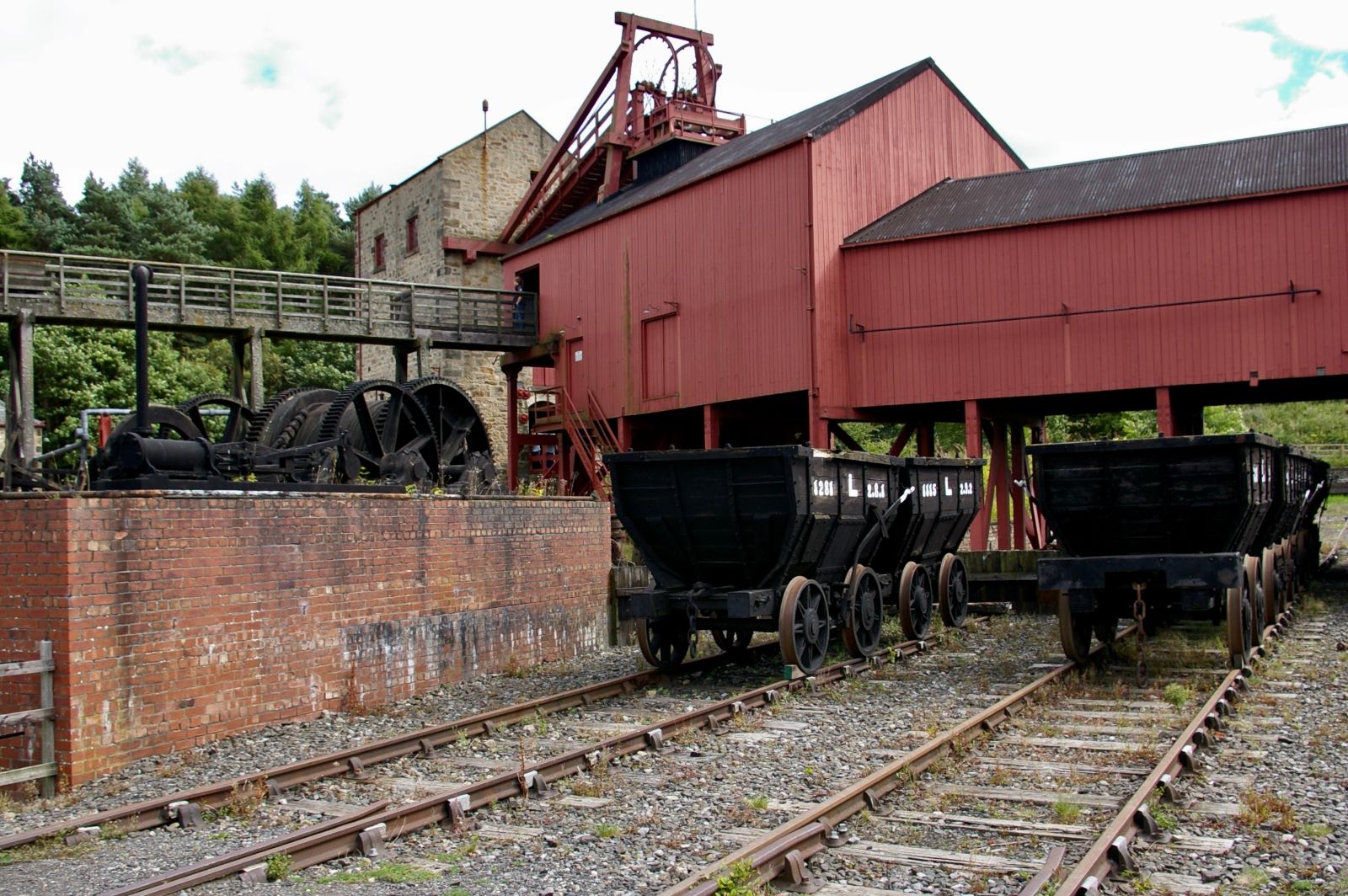
Britain’s coal industry is all but extinct. With just 1.6 million tonnes produced in 2021, down from 290 million tonnes in 1913, the closure of Aberpergwm Mine in 2023 marked the end of deep coal mining in the UK. Today, renewables dominate the energy landscape, leaving coal as a relic of the past.
3. Steel Industry in Jeopardy
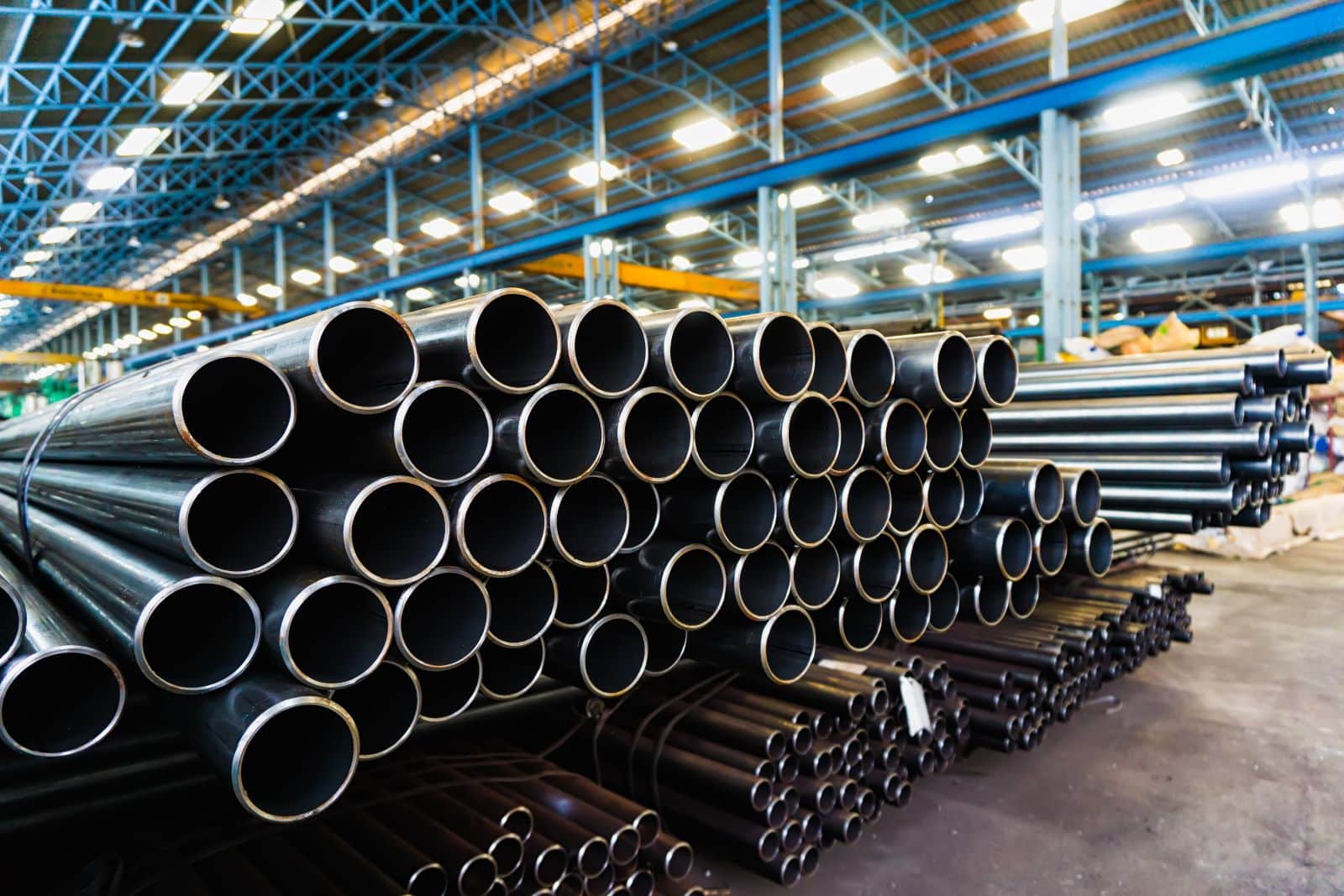
The UK steel industry is in dire straits. After being saved from collapse by China’s Jingye Group in 2019, British Steel continues to face severe challenges. Energy costs for manufacturers spiked by 300% in 2023, and UK steel production has dropped by more than a third over the last decade.
4. Print Media’s Last Days

Britain’s print newspaper industry is collapsing, with circulation dropping by 54% over the past decade. The Guardian announced 180 job cuts in 2023, and regional newspapers continue to shrink or shut down completely, leaving many communities without local news coverage.
5. Shipbuilding: Sinking Fast

British shipbuilding, once a global leader, is now barely afloat. The Clyde shipyards in Glasgow are reliant on government contracts for survival, and Britain’s share of the global market fell below 0.2% by 2023. The closure of Appledore Shipyard in Devon in 2019 was another blow to this dying industry.
6. Pubs Closing Across the Nation
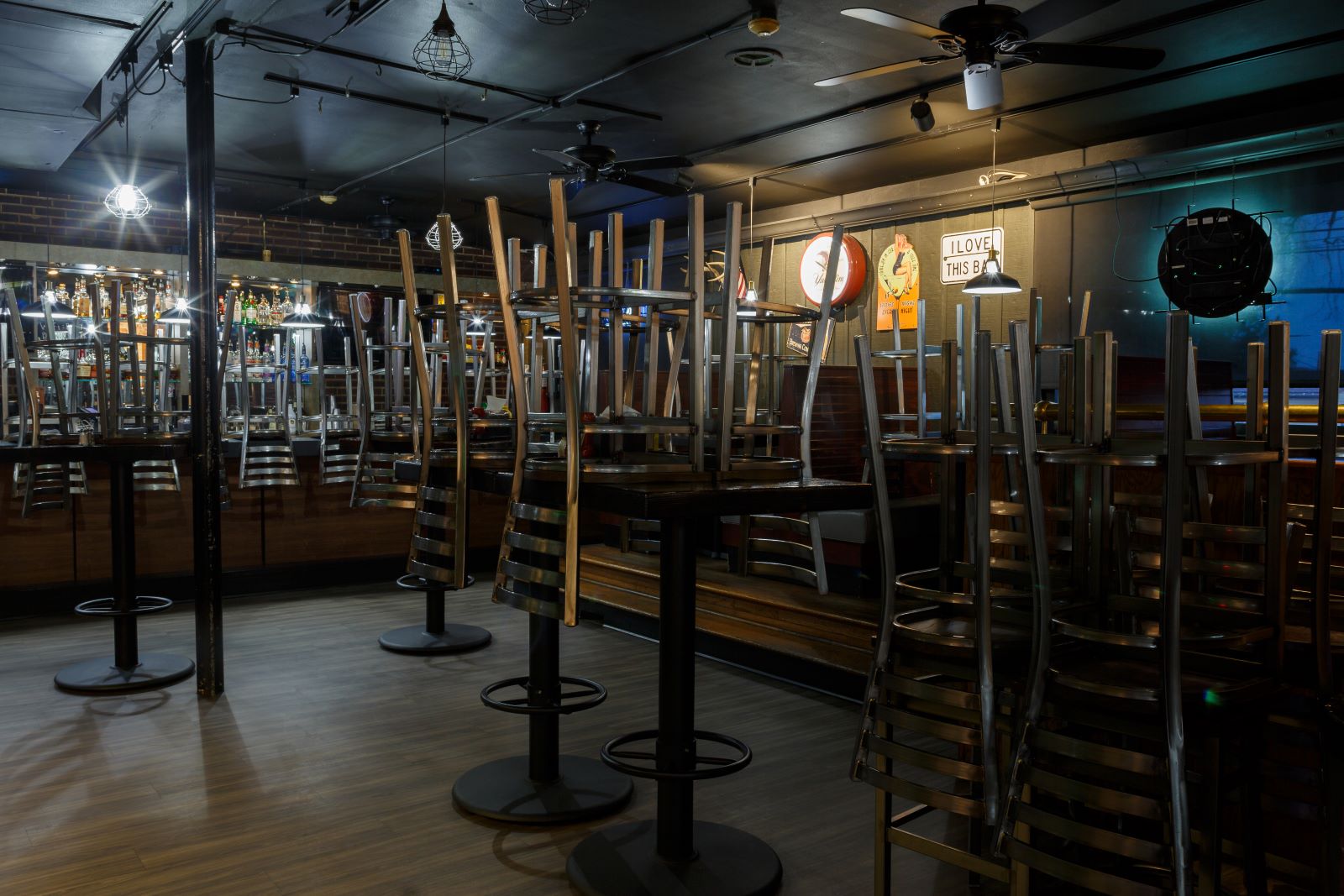
The great British pub is under threat like never before. According to CAMRA, more than 2,000 pubs have closed since the pandemic, as rising costs and shifting social habits make it increasingly difficult for local watering holes to survive. Communities across the UK, from cities to villages, are losing their beloved pubs.
7. North Sea Oil: Running Dry

Once a major player in the global energy market, the North Sea oil and gas industry is in decline. Production has fallen by 60% since 1999, and a 2023 report warned that over 80,000 jobs could be lost by 2030 as more fields are decommissioned and the UK shifts to renewable energy sources.
8. Dairy Farming in Crisis

Britain’s dairy farms are disappearing fast. The number of dairy farms fell from 35,000 in 1995 to fewer than 8,000 in 2023, as small farmers are squeezed out by supermarket price wars and rising production costs. The National Farmers Union warns that nearly 40% of dairy farmers expect to leave the industry within the next decade.
9. Glass Manufacturing: A Shattered Industry

The glass manufacturing sector, once a source of pride in towns like St Helens, is crumbling. Pilkington’s glass plant closed in 2019, and the industry saw a 15% drop in production in 2022, driven by rising energy costs and fierce global competition.
10. Textiles: Unraveling Traditions

The UK textile industry, once a global leader, has been decimated by cheaper overseas production. Employment has fallen by 90% since the mid-20th century, and the historic mills of Lancashire and Yorkshire are now largely silent, unable to compete with fast fashion from Asia.
11. Automotives: Idling on the Edge

The UK automotive sector faces an uncertain future. Nissan’s decision to keep its Sunderland plant open was a rare victory in 2020, but Brexit and a slow transition to electric vehicles have left the industry vulnerable. Jaguar Land Rover announced a £15 billion investment in EVs in 2023 but plans to cut 2,000 jobs by 2025, which indicates a challenging road ahead.
12. Pottery in Decline

Once the heart of Britain’s ceramics industry, Stoke-on-Trent’s pottery sector has been gutted. Employment in pottery has dropped by 85% since the 1970s, and many brands, including Wedgwood, have shifted production overseas, leaving the local economy struggling.
13. Coal-Fired Power Stations: The Final Shutdown
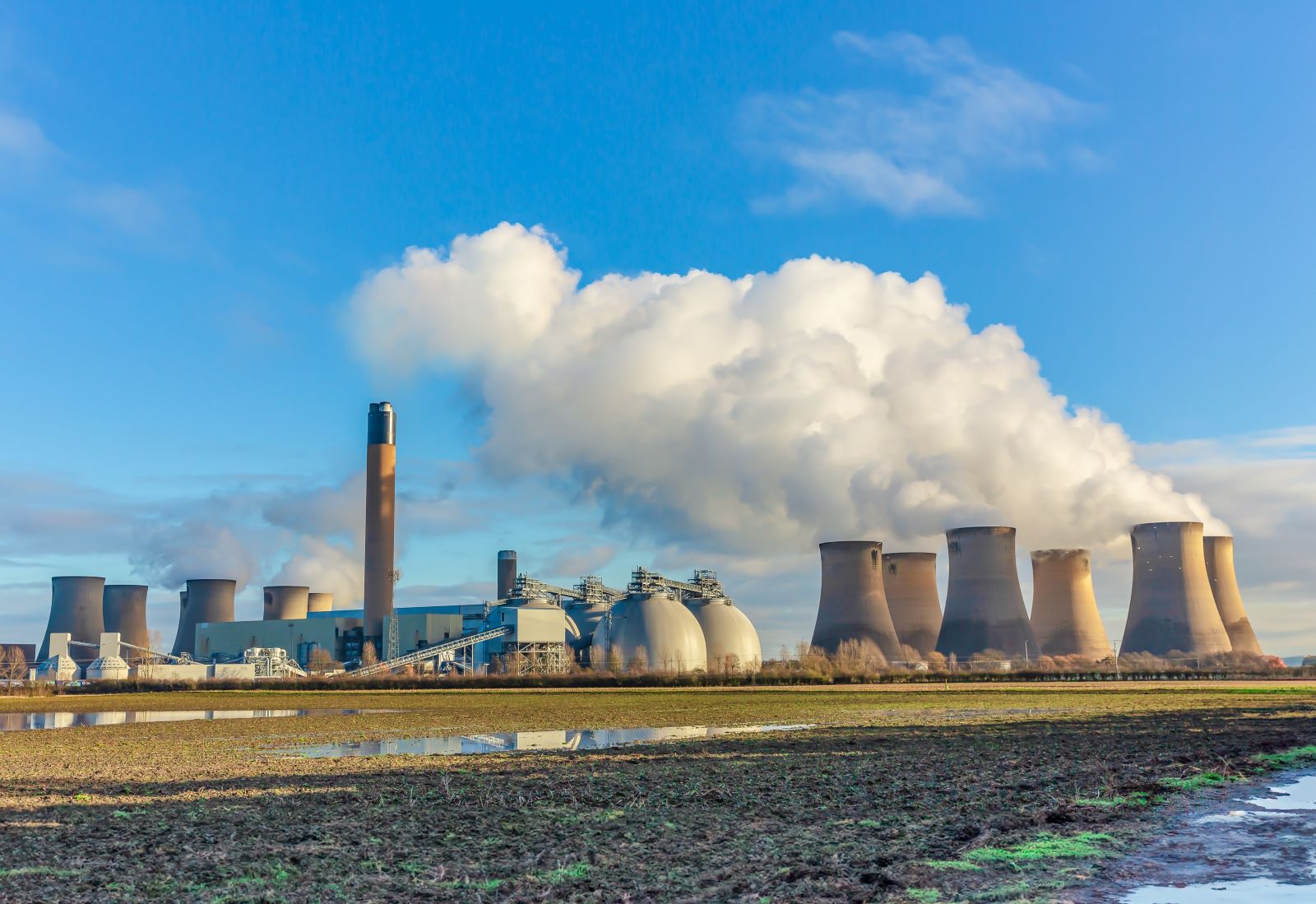
Coal-fired power stations, which once powered Britain’s economy, are being phased out. Drax Power Station in North Yorkshire closed its last coal units in 2021, and the government plans to eliminate coal from the energy mix entirely by 2024.
14. Leather: A Fading Craft
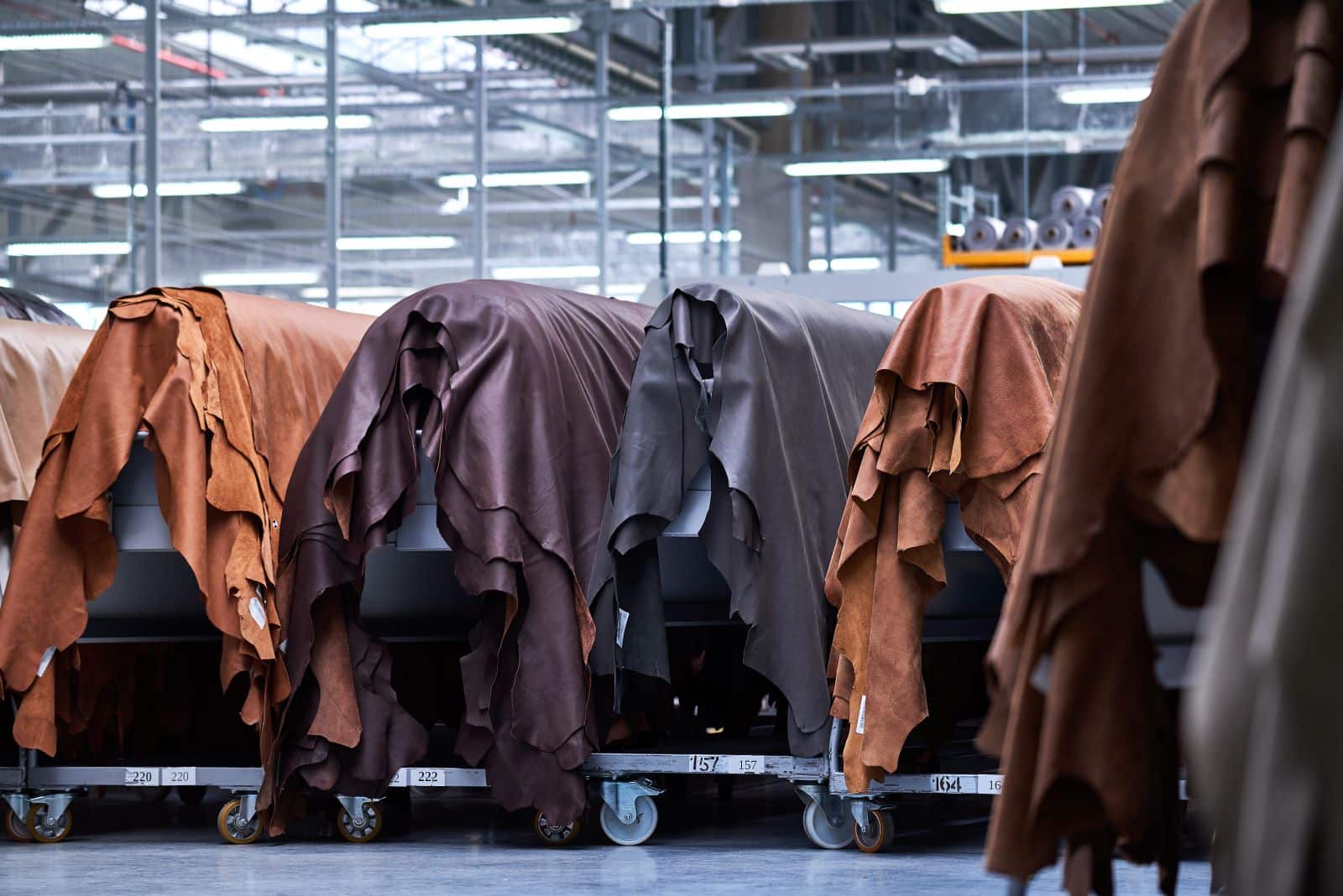
The British leather industry has shrunk by more than 60% since the 1980s, with cheap imports and strict environmental regulations taking a toll. Northampton, once the centre of leather production, has seen its tanneries dwindle to just a handful of survivors.
15. Cement Industry: Crumbling Under Pressure
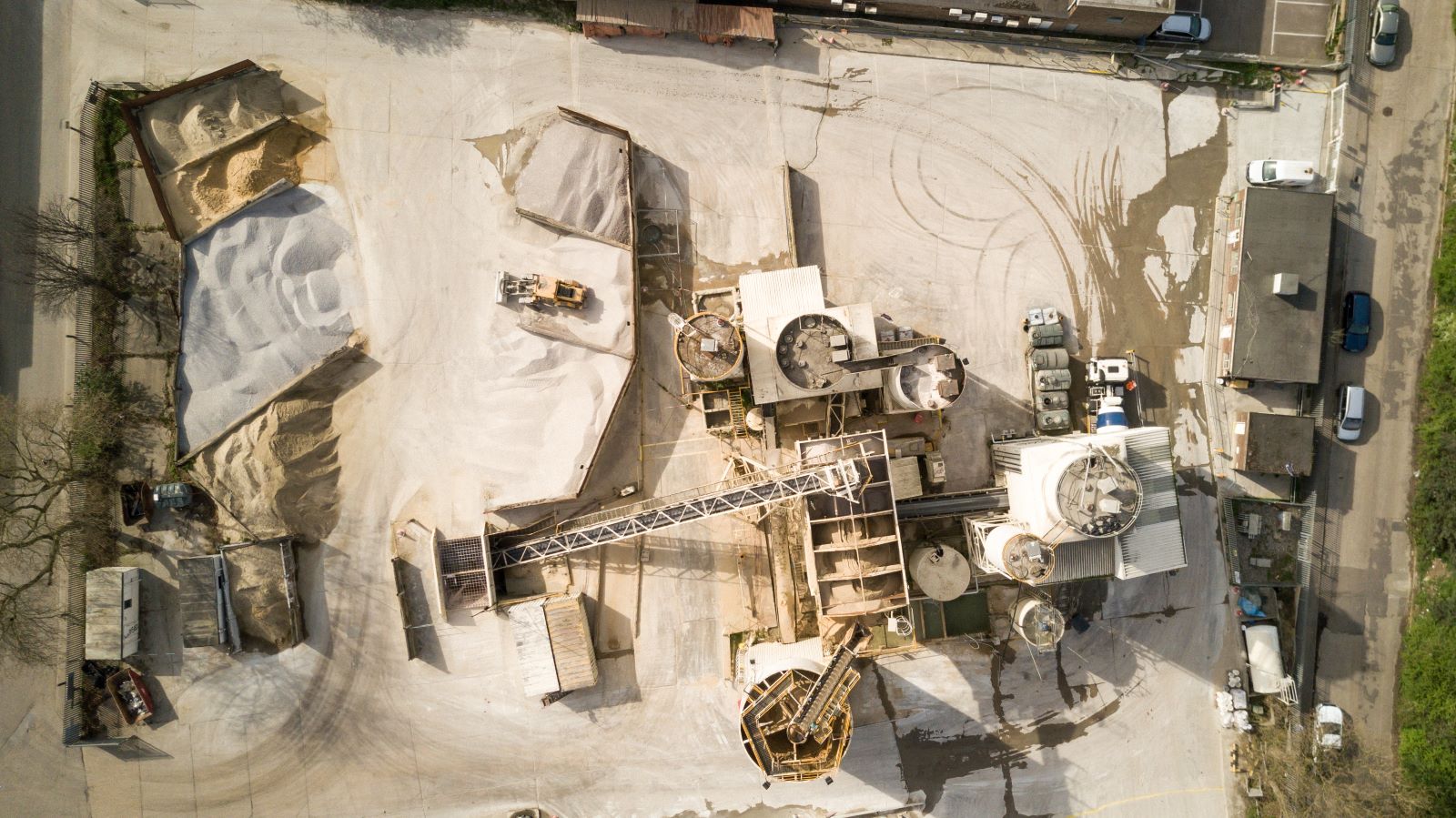
The UK cement industry is crumbling under economic pressure. Lafarge’s Cauldon plant closed in 2022, resulting in the loss of 180 jobs. With energy costs rising and environmental regulations tightening, the sector experienced an 8% drop in production in 2022.
16. Wool: The Decline of a National Heritage
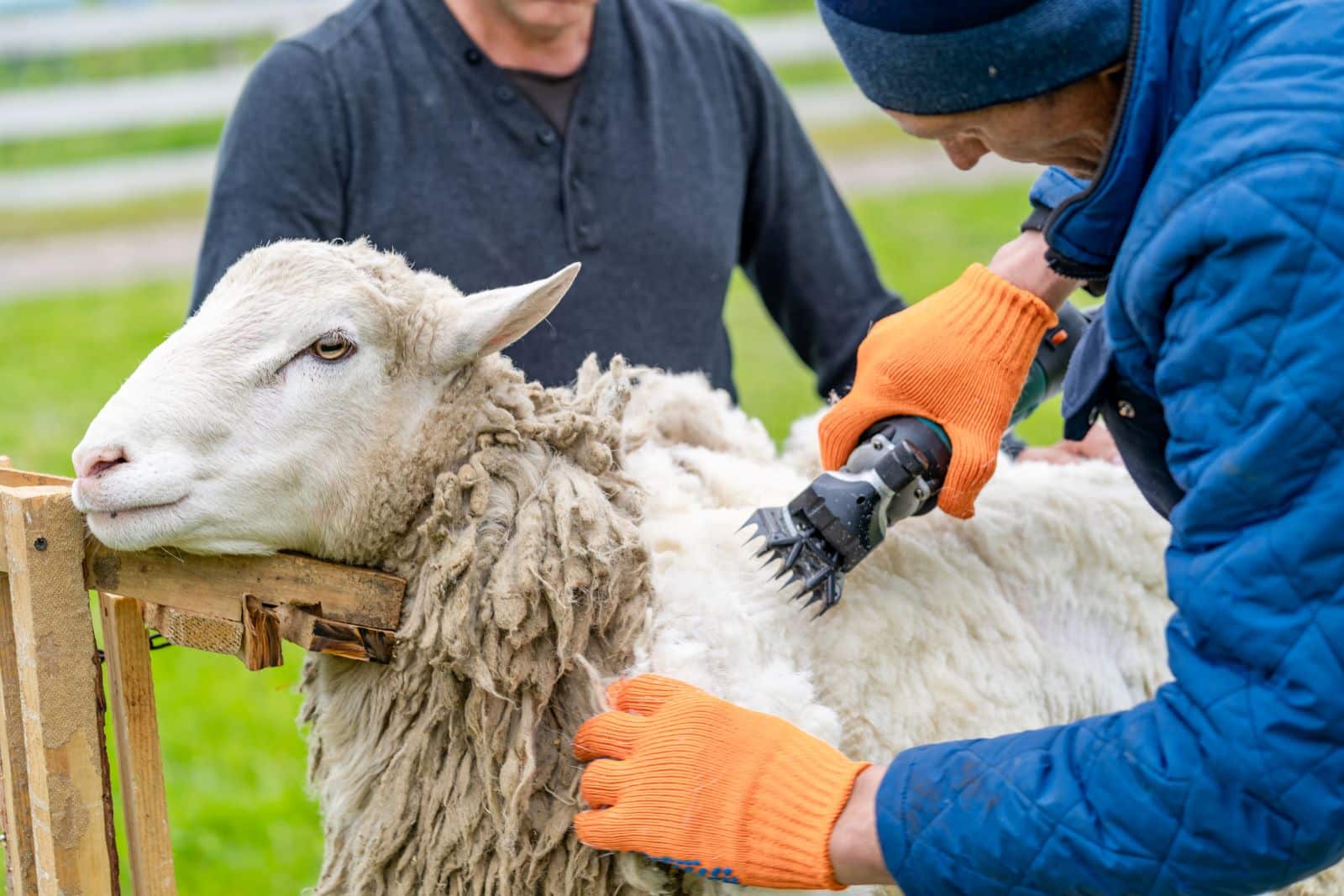
The UK wool industry has been unravelling for years. The number of sheep farmers has dropped by nearly 30% since 2000, and wool prices have fallen so low that many farmers struggle to cover shearing costs. Yorkshire’s once-famous wool mills are now largely abandoned.
17. Aerospace Struggling to Stay Aloft
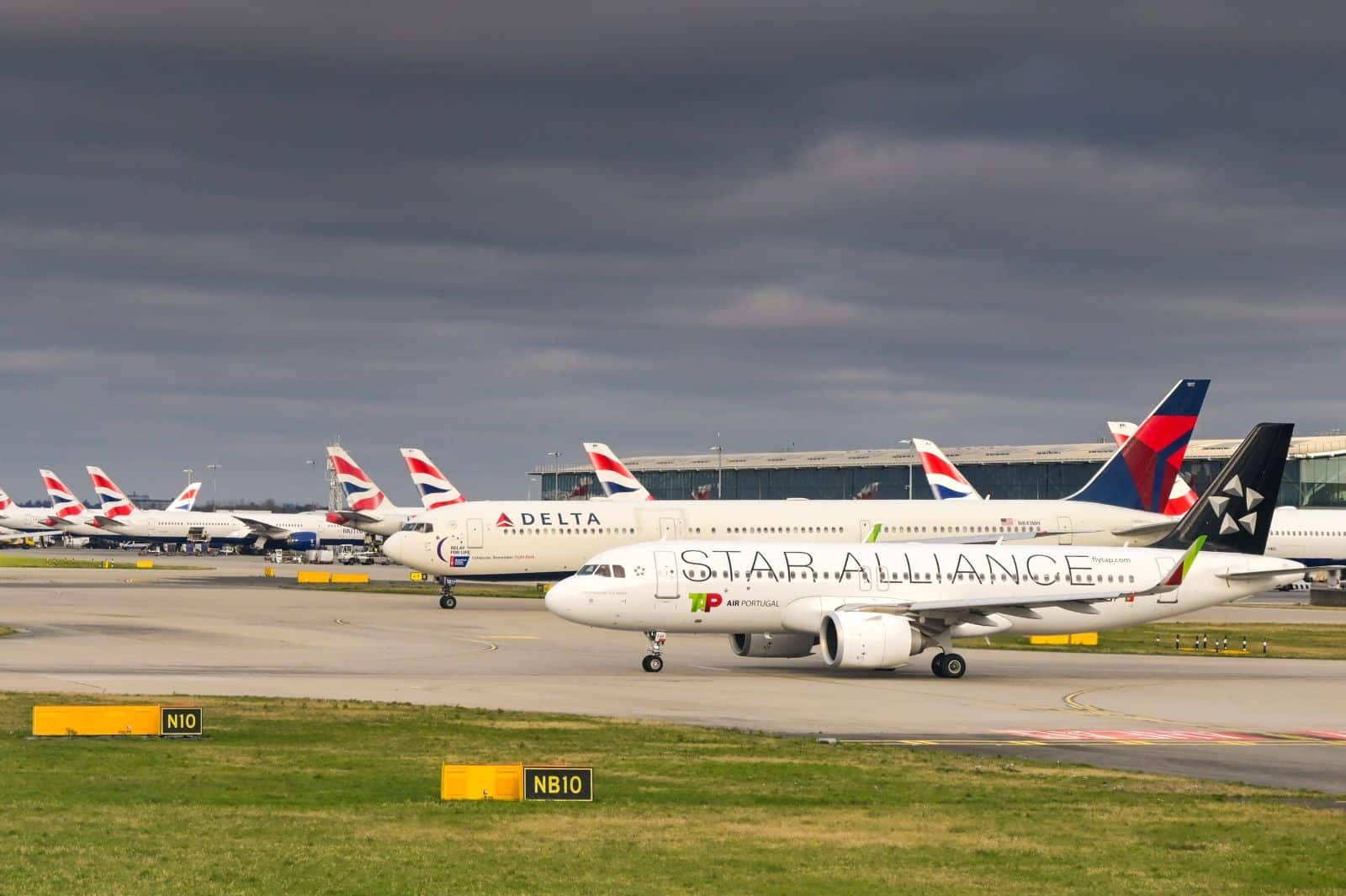
The UK aerospace sector, once a global leader, is struggling. The pandemic decimated demand, leading to over 30,000 job losses between 2020 and 2021. Airbus alone cut 1,700 jobs, and while recovery is slow, high costs and competition remain serious challenges for the future.
18. Fishing Industry: A Post-Brexit Struggle
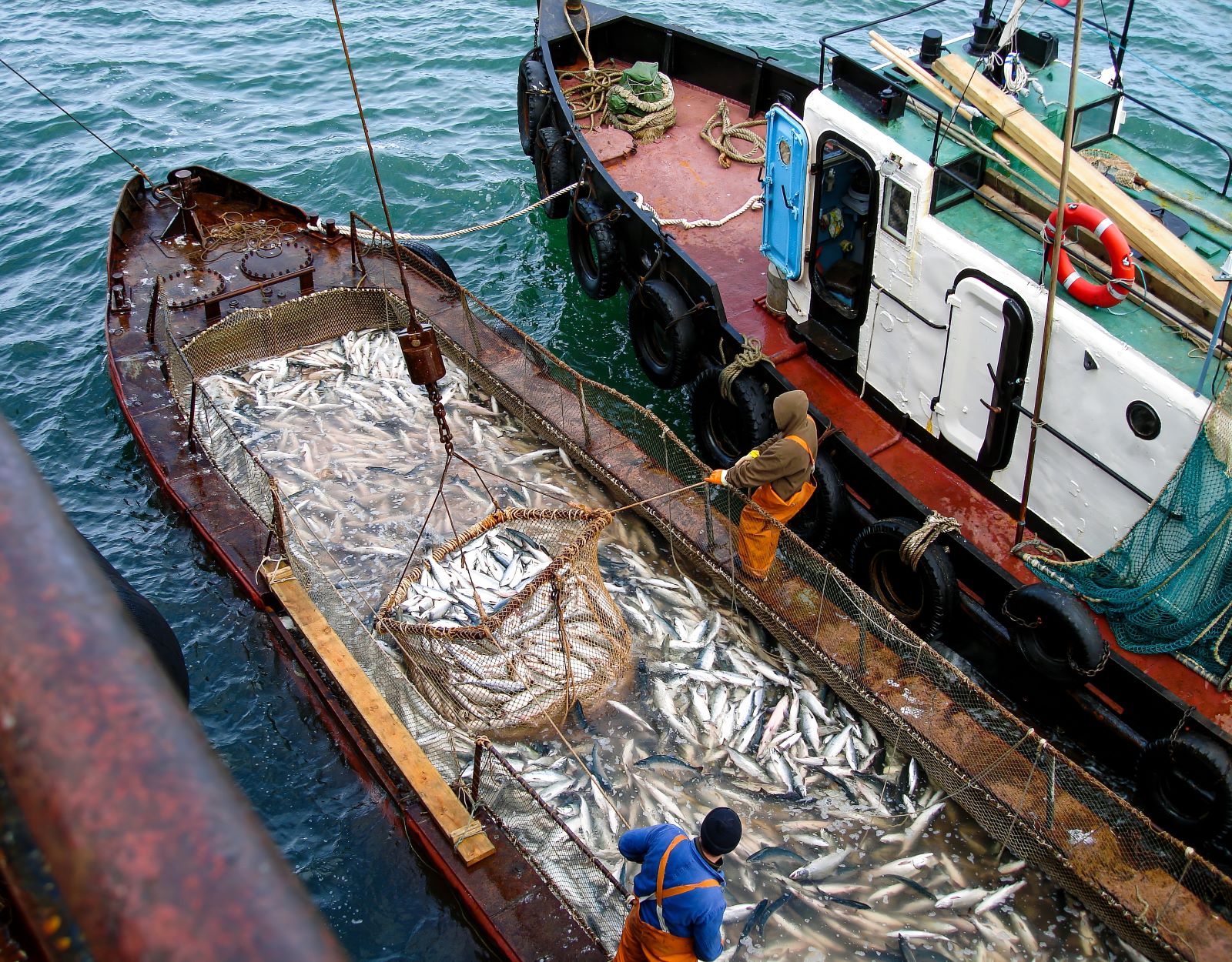
The UK’s fishing industry, once promised a revival by Brexit, has instead seen revenues fall by 14% in 2021. Disputes over fishing rights and quotas continue to strain the industry, with small fishing communities like those in Cornwall and Grimsby bearing the brunt of the economic challenges.
19. Train Manufacturing: Off the Rails

Britain’s train manufacturing industry is on the brink. Bombardier’s Derby plant has faced significant cutbacks, and in 2021, parent company Alstom announced further job losses. The Transport Salaried Staffs’ Association (TSSA) has warned that without greater government support, the industry could be derailed entirely.
20. Paper Mills: A Dying Industry
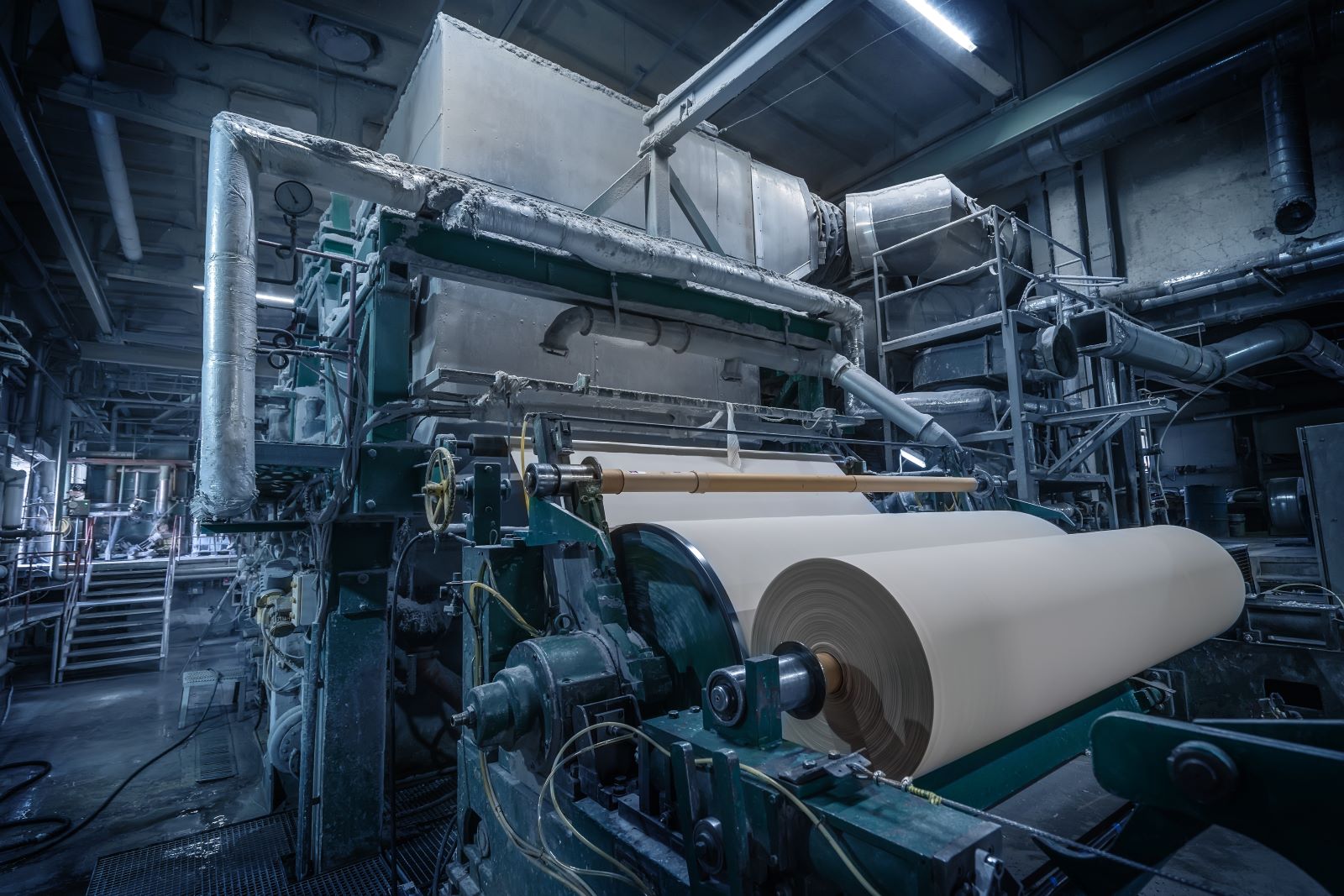
The UK’s paper mills are shutting down at a rapid pace. Since the 1990s, paper production has halved, and the closure of Stoneywood Mill in 2020 led to significant job losses. Digital media’s rise continues to threaten traditional paper manufacturing.
21. Post Offices: Disappearing from the Map
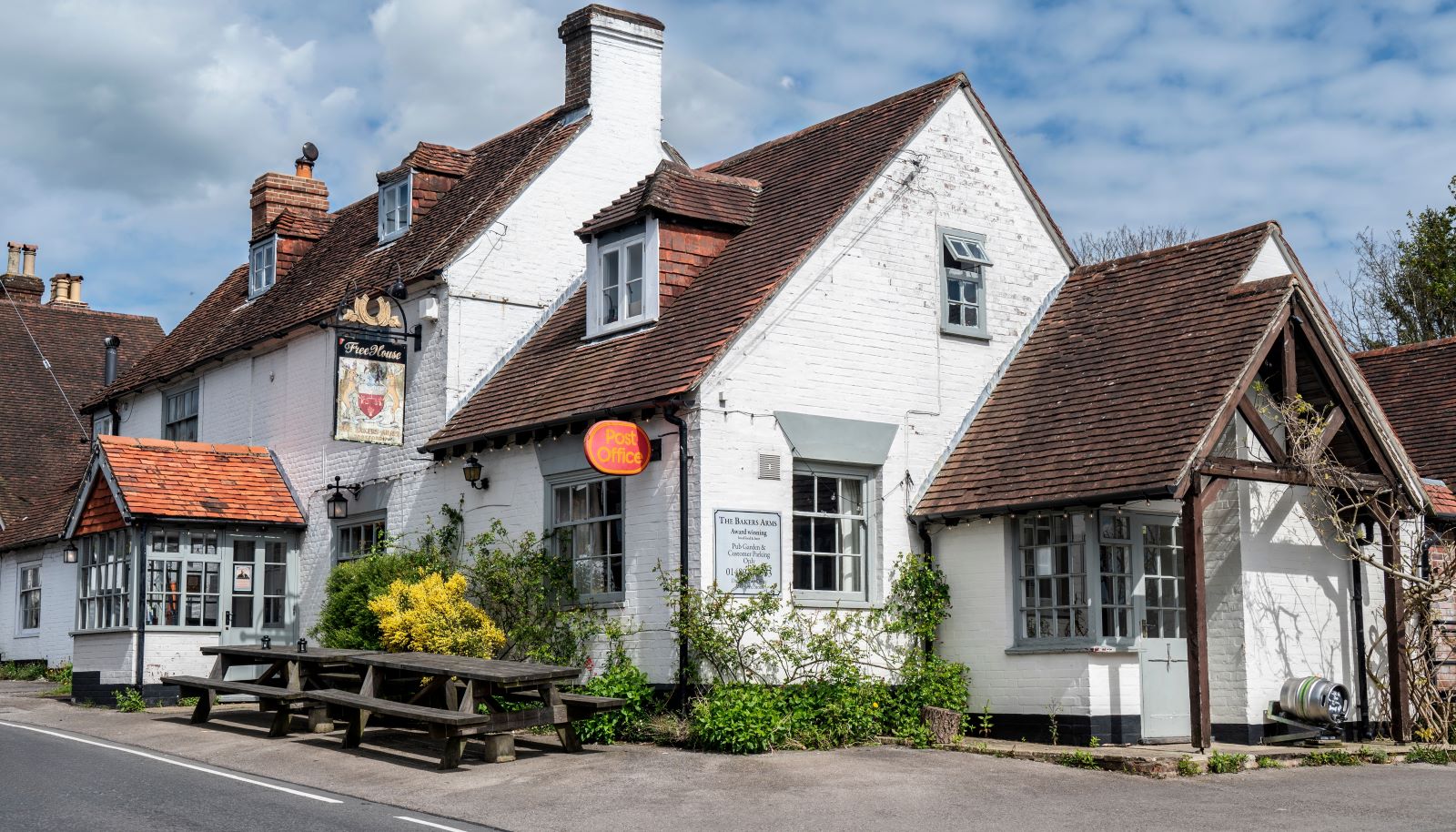
More than 1,200 post offices closed between 2020 and 2022, particularly in rural areas. Citizens Advice warns that many communities are now left without basic postal and banking services, highlighting the growing digital divide across the UK.
What’s Next for Britain’s Industrial Future?
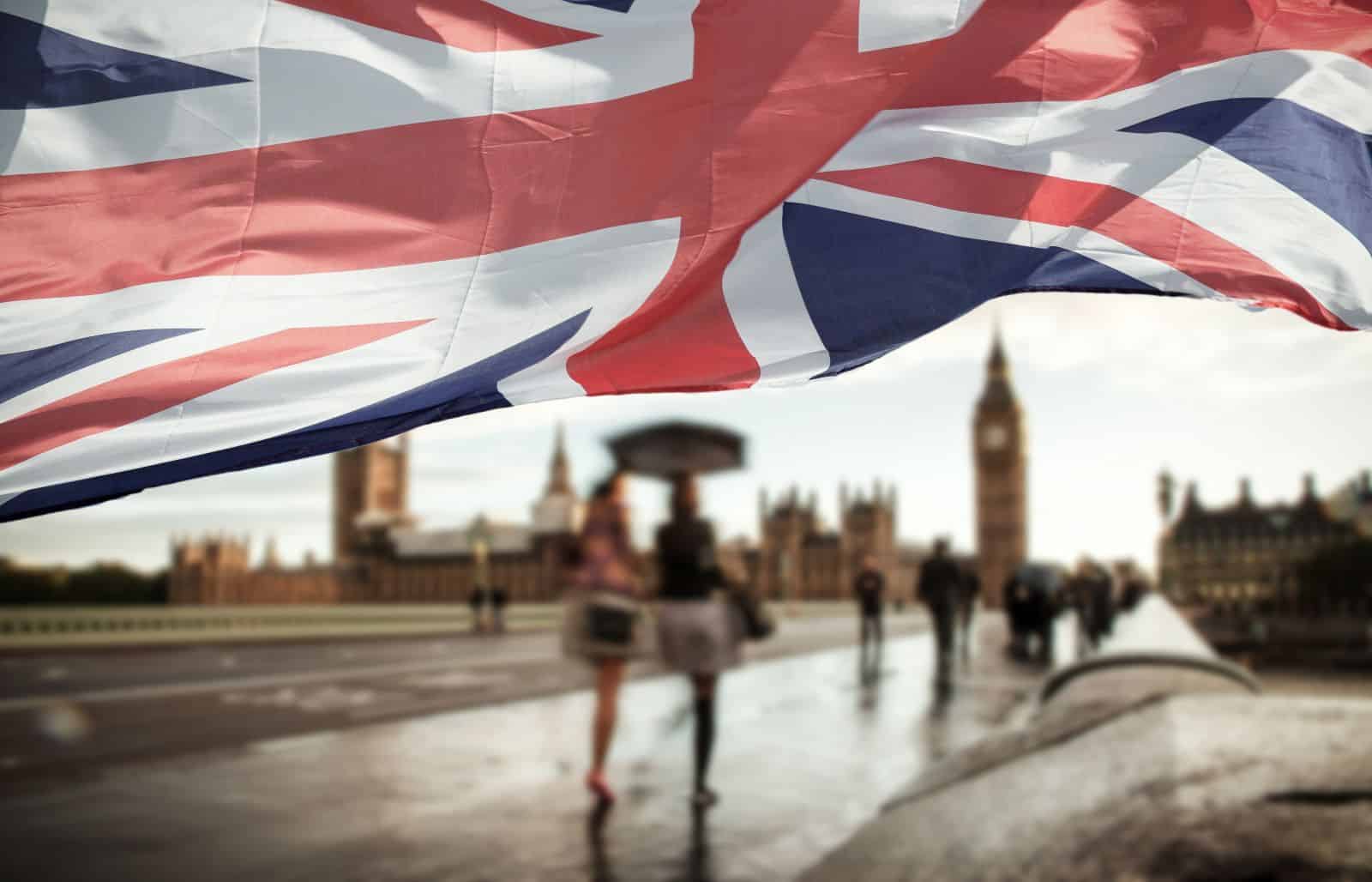
As the core industries that once powered Britain collapse, how will the nation adapt to this new economic reality? Can Britain find new lifelines, or are we witnessing the final act of its industrial heritage?
Featured Image Credit: Shutterstock / Rick Menapace.
For transparency, this content was partly developed with AI assistance and carefully curated by an experienced editor to be informative and ensure accuracy.
The images used are for illustrative purposes only and may not represent the actual people or places mentioned in the article.

